Explain Different Types of Device Driver
11 Types of UNIX device drivers 1. As shown in the figure there are three basic types of kernel-mode drivers in a driver stack.

What Are Computer Drivers Hp Tech Takes
In computing a device driver commonly referred to as a driver is a computer program that operates or controls a particular type of device that is attached to a computer.
. In this article we explained what is a device driver and talked about the following device driver types. Type 2 hypervisors run on a host operating system. Most embedded hardware requires some type of software initialization and management.
These usually end in the VXD file extension and are used with virtualization software. To meet different needs there are different types of USB flash drives based on the ports respectively USB 20 flash drive USB 30 flash drive USB 31 flash drive and 32 drive. A driver provides a software interface to hardware devices enabling operating systems and other computer programs to access hardware functions without needing to know precise details of the.
There are various types of device drivers for IO devices such as keyboards mice CDDVD drives controllers printers graphics cards and ports. There are various types of drivers present in GNULinux such as Character Block. This is also known as Bare Metal or Embedded or Native Hypervisor.
Be sure to discuss user interfaces and graphical user interfaces GUI. If you are accessing one type of database such as Oracle Sybase or IBM the preferred driver type is 4. They work similar to regular drivers but in order to prevent the guest operating system from accessing hardware directly the virtual drivers masquerade as real hardware so the guest OS and its own.
Provide students with an overview of the different types of system interfaces commonly found in OSs and how these environments can be accessed. The following figure divides kernel-mode drivers into several types. In the same way that they handled SCSI drivers kernel developers collected class-wide features and exported them to driver implementers to avoid duplicating work and bugs thus simplifying and strengthening the.
Be sure to discuss user interfaces and graphical user interfaces GUI. Invariably hardware devices belong to a specific class such as Bluetooth or 80211xx wireless networking. Kernel Device Drivers and User Device Driver.
Within that class a particular type of device such as Bluetooth audio keyboards or mice also falls within a related driver framework. A device driver often referred to as driver is a piece of software that controls a particular type of device which is connected to the computer system. Block Drivers Character Drivers Terminal Drivers STREAMS Drivers.
Type 1 and Type 2. A driver provides a software interface to hardware devices enabling operating systems and other computer programs to access hardware functions without needing to know precise details of the hardware being used. Explain why an operating system uses device drivers.
Up to 5 cash back Other classes of device drivers have been added to the kernel in recent times including USB drivers FireWire drivers and I2O drivers. Another form of the driver is the virtual device driver. The device drivers and other changeable components are outside the hypervisor.
Examples suitable for brief discussion are printer drivers and command prompt. Further there are two types of device drivers. They are often referred to as a native or bare metal or embedded hypervisorsin vendor literature.
Highest-level intermediate and lowest-level. In such cases it is important that the hardware. Some examples of device drivers are.
Explain why an operating system uses device drivers. Creating any specific device driver starts by working within its class framework. The biggest difference between them is the price and speed.
A monolithic hypervisor implements all the aforementioned functions including those of the device driversTherefore the size of the hypervisor code of a micro-kernel hypervisor is smaller than that of a monolithic hypervisor. It provides a software interface to the hardware device and enables access to the operating system and other applications. Kernel-mode Device Driver This Kernel-mode device driver includes some generic hardwares which loads with operating.
Type 1 hypervisors run directly on the system hardware. Up to 5 cash back Communication between the kernel and a network device driver is completely different from that used with char and block drivers. If your Java application is accessing multiple types of databases at the same time type 3 is the preferred driver.
Generic and OEM device drivers and virtual device drivers. What is a Device Driver. Types of Device Drivers.
In computing a device driver is a computer program that operates or controls a particular type of device that is attached to a computer. All embedded systems that require software have at the very least device driver software in their. Type 2 drivers are useful in situations where a type 3 or type 4 driver is not available yet for your database.
Typically the Logical Device Driver LDD is written by the operating system vendor while the Physical Device Driver PDD is implemented by the device vendor. Kernel and user mode driver. Block drivers communicate with the OS through a collection of fixed sized buffers as shown in diagram.
Virtual Device Drivers. There are other ways of classifying driver modules that are orthogonal to the above device types. Providing several examples of different types of device drivers.
Provide students with an overview of the different types of system interfaces commonly found in OSs and how these environments can be accessed. User-mode Device Driver Other than the devices which are brought by kernel for working of the system the user also. The software that directly interfaces with and controls this hardware is called a device driver.
Each type differs only slightly in structure but greatly in functionality. When a driver is included in an operating system it may be referred to as a kernel-mode device driver. Without a device driver the OS would not be able to communicate with the IO device.
There are two types of hypervisors. What is a Device Driver. Instead of read and write the kernel calls functions related to packet transmission.
However in recent years non-vendors have written numerous device drivers for proprietary devices mainly for use with free and open source operating systems. Highest-level drivers include file system drivers FSDs that.

Types Of Storage Devices Advantages With Examples In 2022 Storage Devices Storage Computer Science

What Are Device Drivers Used For And Why Are They Important Device Driver Devices Drivers

What Is A Device Driver Definition From Techopedia
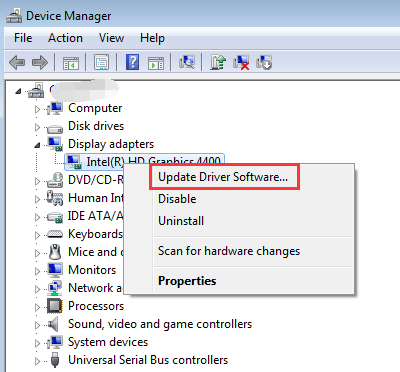
How To Install Drivers Driver Easy
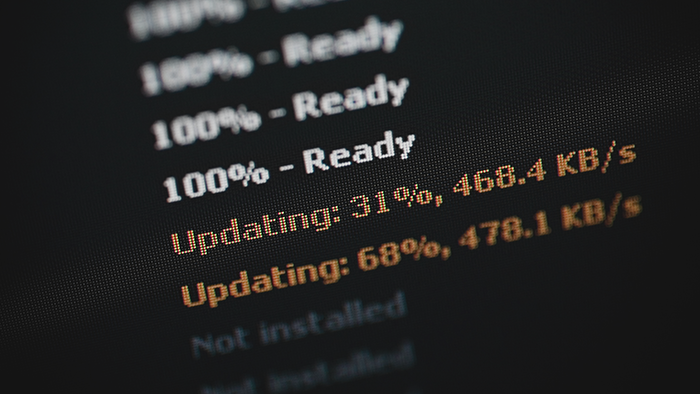
How To Update Your Drivers For Windows 10 8 And 7 Avast
Difference Between Device Driver And Application Software Difference Between
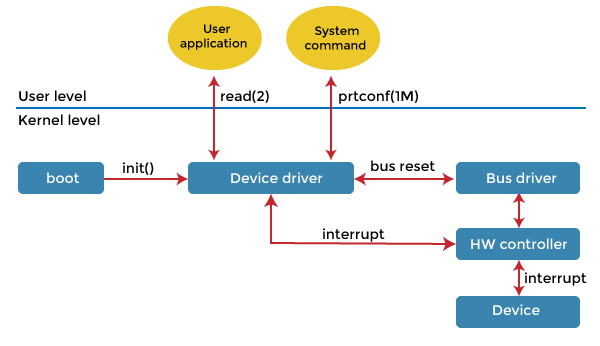
Device Driver In Operating System Javatpoint
Difference Between Device Driver And Device Controller Difference Between
Difference Between Device Driver And Firmware Difference Between
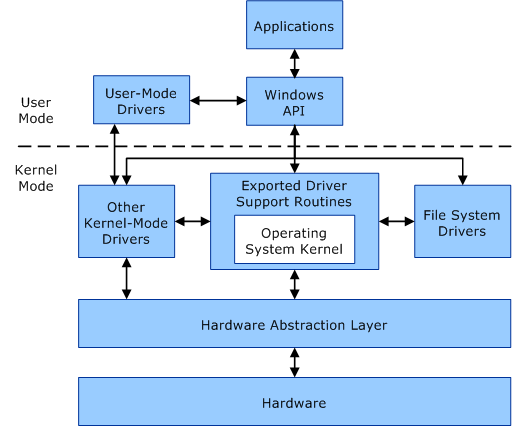
User Mode And Kernel Mode Windows Drivers Microsoft Docs
Difference Between Device Driver And Device Controller Difference Between
Difference Between Device Driver And Firmware Difference Between
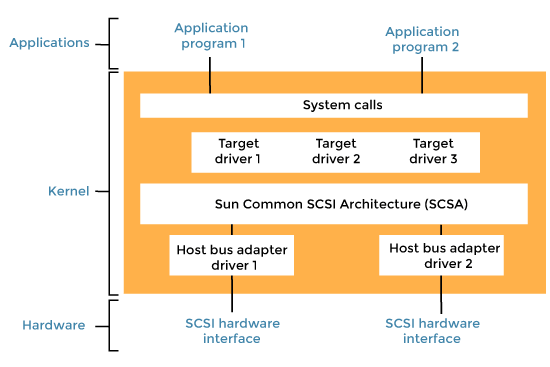
Device Driver In Operating System Javatpoint
Difference Between Device Driver And Device Controller Difference Between

Device Driver In Operating System Javatpoint
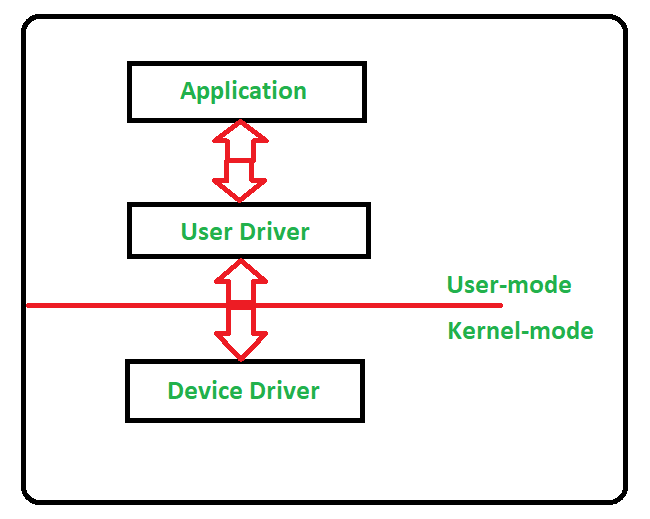
Device Driver And It S Purpose Geeksforgeeks
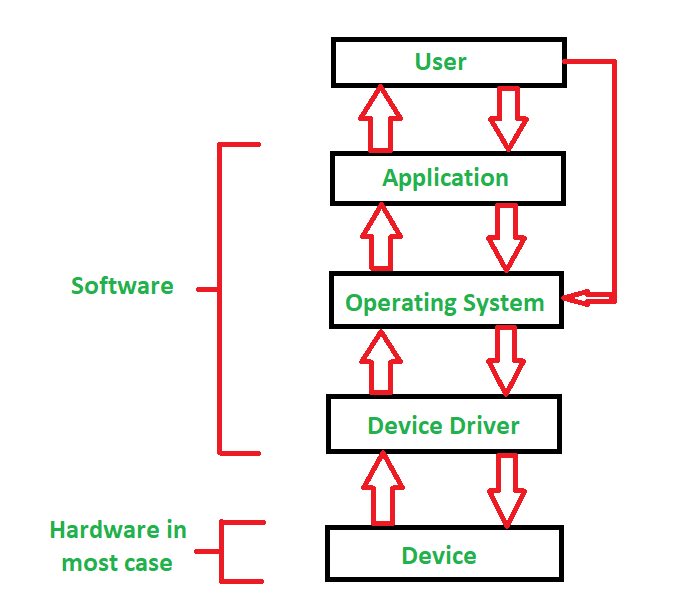
Device Driver And It S Purpose Geeksforgeeks

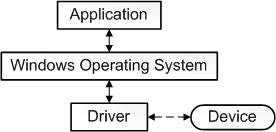
Comments
Post a Comment